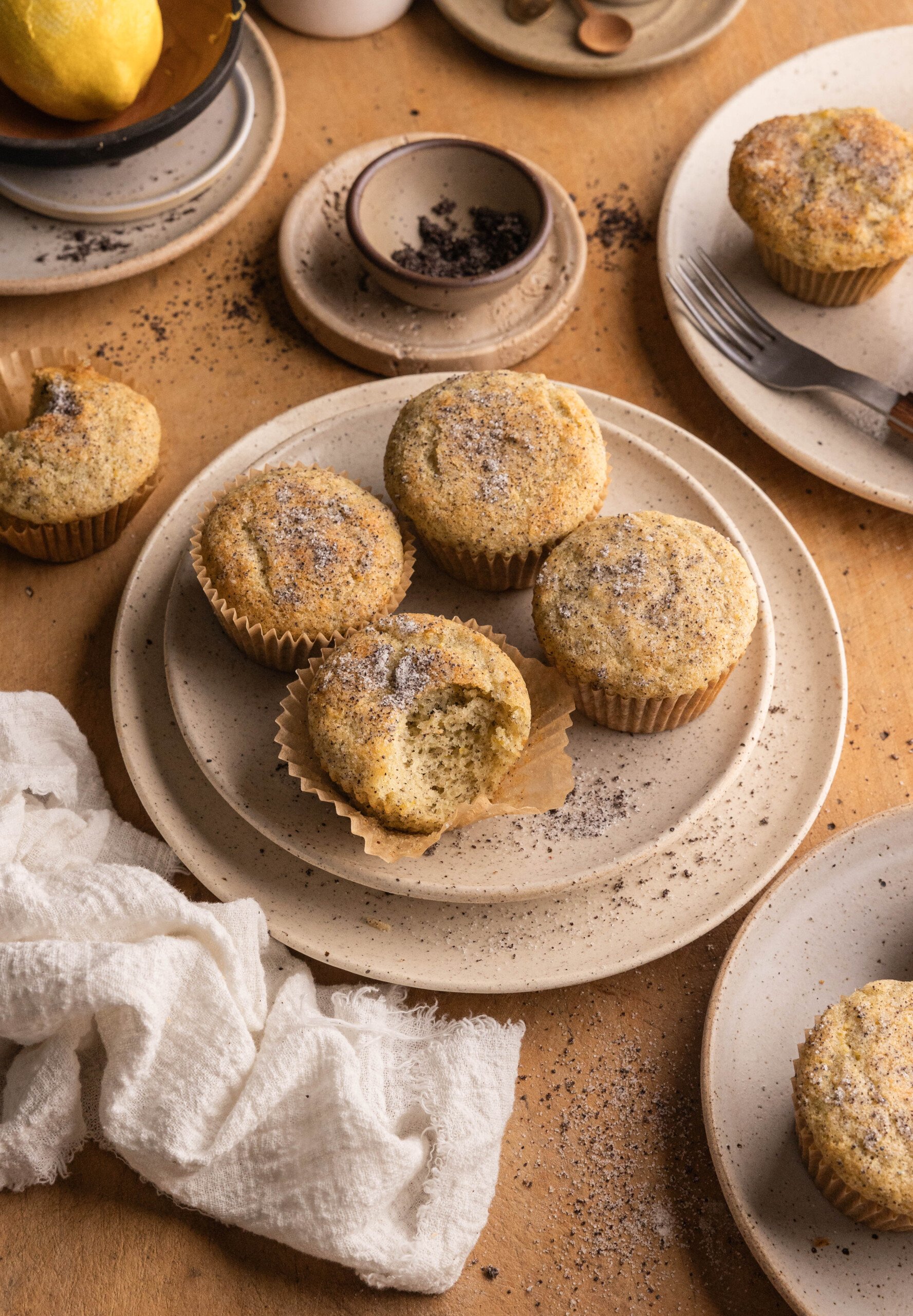Stuck in a protein shake rut? It’s time to rethink your protein powder game. While we love smoothies—and they’re the most common way to use protein powder—they’re simply the tip of the iceberg. Delicious, protein-packed possibilities go far beyond the blender. From savory dips and breakfast bowls, to baked treats and homemade ice cream, protein powder is as versatile as it is convenient. Plus, it’s the easiest hack to add nutrition and satiation to your meals and snacks. To expand your creativity, we’re exploring innovative (but low-lift) ways to add this pantry staple to your diet. From breakfast to dessert, these protein powder recipes will revolutionize your approach to healthy eating.

Is protein powder healthy?
Like many trends in the wellness world, protein powder isn’t without controversy. Yes—protein powder (like protein bars) can be a smart and healthful addition. But its healthiness depends on a slew of factors: quality of ingredients, absence of refined sugar, how it fits into your overall diet, etc. Let’s dig into both sides of the debate.
Why Protein Powder is Considered Healthy
- Convenient source of essential nutrients: Protein powders provide a concentrated dose of high-quality protein, which is essential for muscle repair, hormone production, and overall health.
- Supports fitness goals: Whether you’re an athlete or love to be active, protein powder can aid in muscle recovery and growth—when used in conjunction with exercise.
- Weight management: Protein increases feelings of fullness, potentially aiding in weight loss or maintenance efforts.
- Nutrient gaps: From dietary restrictions to increased protein needs, protein powder can help you meet your daily requirements.
- Versatility: Protein powder is easily incorporated into various recipes (the ultimate protein-boosting meal hack).
Why Protein Powder Isn’t Considered Healthy
- Processed nature: Protein powders are highly processed. This ensures they’re a concentrated source of protein, but this also means they’re lower in overall nutrients (compared to whole-food protein sources).
- Additives and contaminants: Certain protein powders contain artificial sweeteners or other risky additives. There are also concerns about contaminants, i.e., heavy metals. Always check labels and the quality of ingredients!
- Potential for overconsumption: It’s easier to consume large amounts of protein via powder than through whole foods. Although rare, it could lead to excessive protein intake.
- Digestive issues: Some people experience bloating, gas, or other digestive discomfort from certain types of protein powder.
- Reliance on supplements: Critics say protein powder can overshadow a balanced, whole-food diet.
- Regulation concerns: The supplement industry is less regulated than the food industry. In turn, this can lead to concerns about quality control and label accuracy.
- Potential interactions: Protein powders can interfere with medications or impact nutrient absorption.

Is protein powder necessary?
So long as you’re fueling up on a variety of minimally processed foods, protein powder isn’t required. In fact, whole food proteins should be the mainstay of your nutrition. Think lean meats, fish, eggs, beans, nuts, and seeds. These offer a wider range of nutrients, including vitamins, minerals, and fiber (that most protein powders lack). But if you have increased protein needs (or need convenient nutrition), protein powder is a game changer. To summarize: yes, protein powder is a useful supplement! But it should complement—rather than replace—a well-rounded diet.
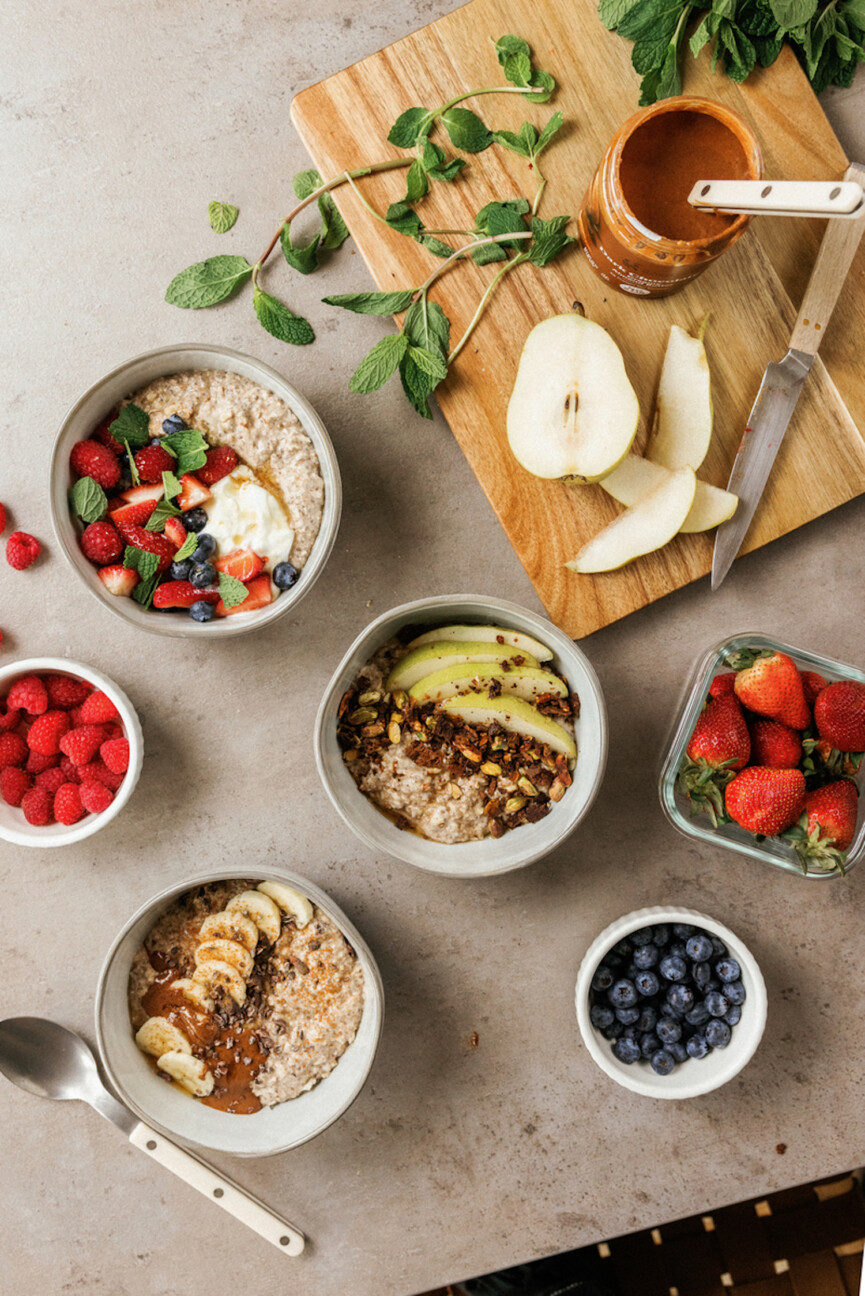
Who should consume protein powder?
Whether you’re looking to build muscle, support weight management, or fill nutritional gaps, protein powder does the trick. But who benefits most from adding this supplement to their daily routine?
- Strength training enthusiasts and bodybuilders
- High-protein needs for muscle recovery and growth
- Often use protein powder for pre- and post-workout nutrition
- May benefit from fast-absorbing proteins—like whey—for quick recovery
- Endurance athletes (runners, cyclists, triathletes)
- Require protein for muscle repair and recovery
- Can use protein powder to supplement their higher caloric needs
- May prefer easily digestible options that don’t cause gastrointestinal distress
- Breastfeeding mothers
- Vegetarians and vegans
- May struggle to meet protein needs through diet alone
- Can use plant-based protein powders to supplement their intake
- Benefit from complete protein sources like pea-rice protein blends
- Older adults (particularly postmenopausal women)
- Often have increased protein needs to maintain muscle mass
- May benefit from easily digestible protein sources
- Can use protein powder to combat age-related muscle loss (sarcopenia)
- Those recovering from injuries or surgery
- Have increased protein needs for tissue repair and healing (including childbirth!)
- Can use protein powder to supplement their diet when appetite is low
- May benefit from collagen protein for joint and connective tissue support
- Individuals on a fat loss journey
- Can use protein powder to feel fuller and preserve muscle mass
- May benefit from the convenience of low-calorie, high-protein options
- Can use protein powder to make nutrient-dense meal replacements
- Busy professionals/students/adolescents
- Can use protein powder for quick, nutritious meals or snacks
- Benefit from the convenience and portability of protein supplements
- May use protein powder to maintain energy levels throughout the day
Consult with a healthcare provider or Registered Dietitian before incorporating protein powder into your routine—especially if you have any health conditions or concerns.

The Different Types of Protein Powder
Before we jump into protein powder recipes, let’s briefly explore the most common types of protein powder.
- Whey protein. A fast-absorbing protein derived from milk. This is ideal for post-workout recovery.
- Casein protein. Also derived from milk, but it’s slower-absorbing (making it great for sustained protein release).
- Plant-based proteins. Options like pea, hemp, and non-GMO soy protein are excellent for vegans and those with dairy allergies.
- Collagen protein. Supports skin, hair, nail, and joint health.
- Egg white protein. A complete protein source that’s dairy-free and easily digestible.
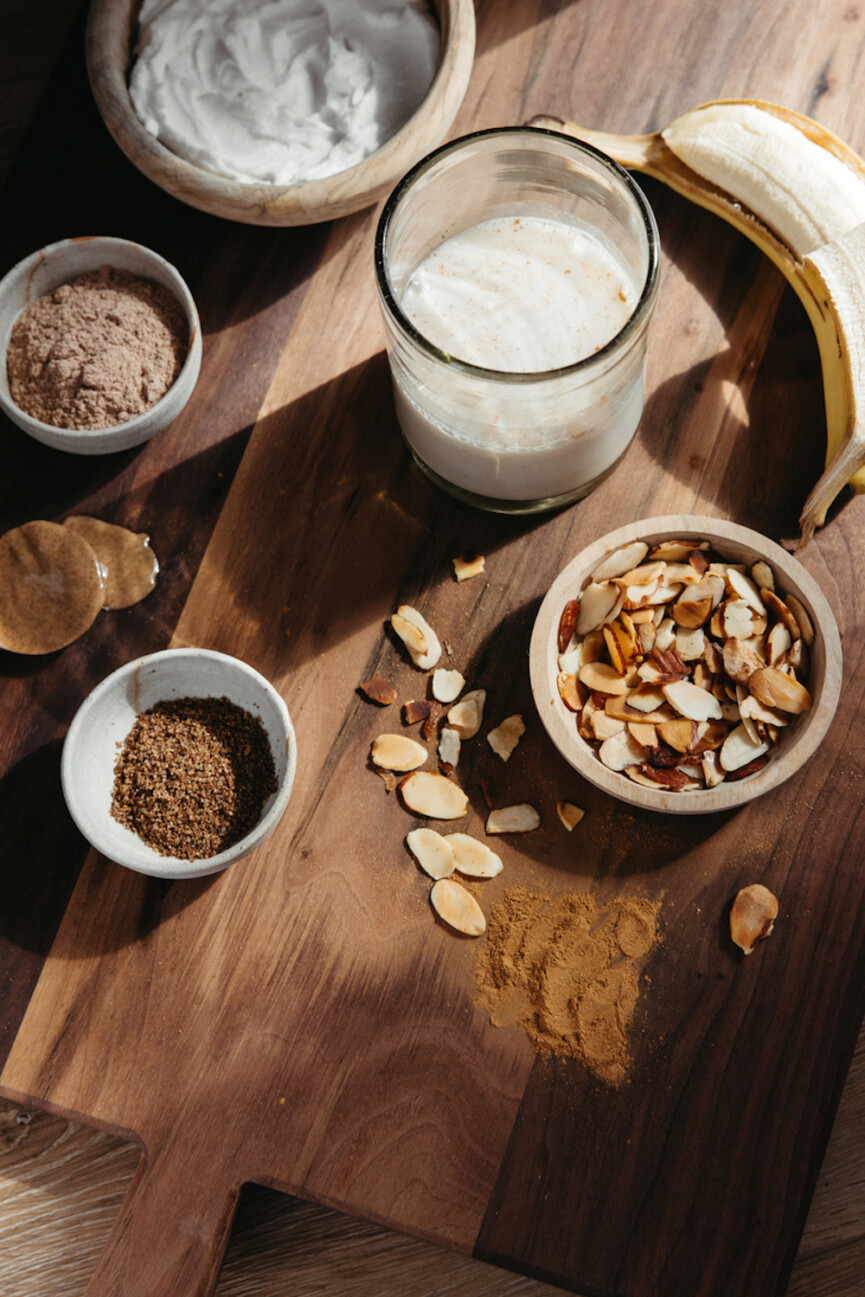
Are certain types of protein powder better for specific recipes?
Yes. Different protein powders work better in various cooking methods.
Whey Protein. Whey protein is great for pancakes, waffles, muffins, and overnight oats because it creates a fluffy yet smooth texture. It’s also fabulous in fruit-forward smoothies.
Casein Protein. When it comes to puddings, mug cakes, cheesecakes, and no-bake recipes—like energy bites—casein is ideal (because of its thickening properties).
Plant Protein. Plant-based proteins are versatile in baking and no-bake recipes, but you may need to tweak the liquid ratio (by adding more liquid).
Collagen Peptides. Lastly, collagen dissolves easily, making it great for drinks and soups.
Consider the flavor and texture implications when choosing a protein powder for your recipes. Some powders have a stronger taste than others. When in doubt, choose an unflavored protein powder!
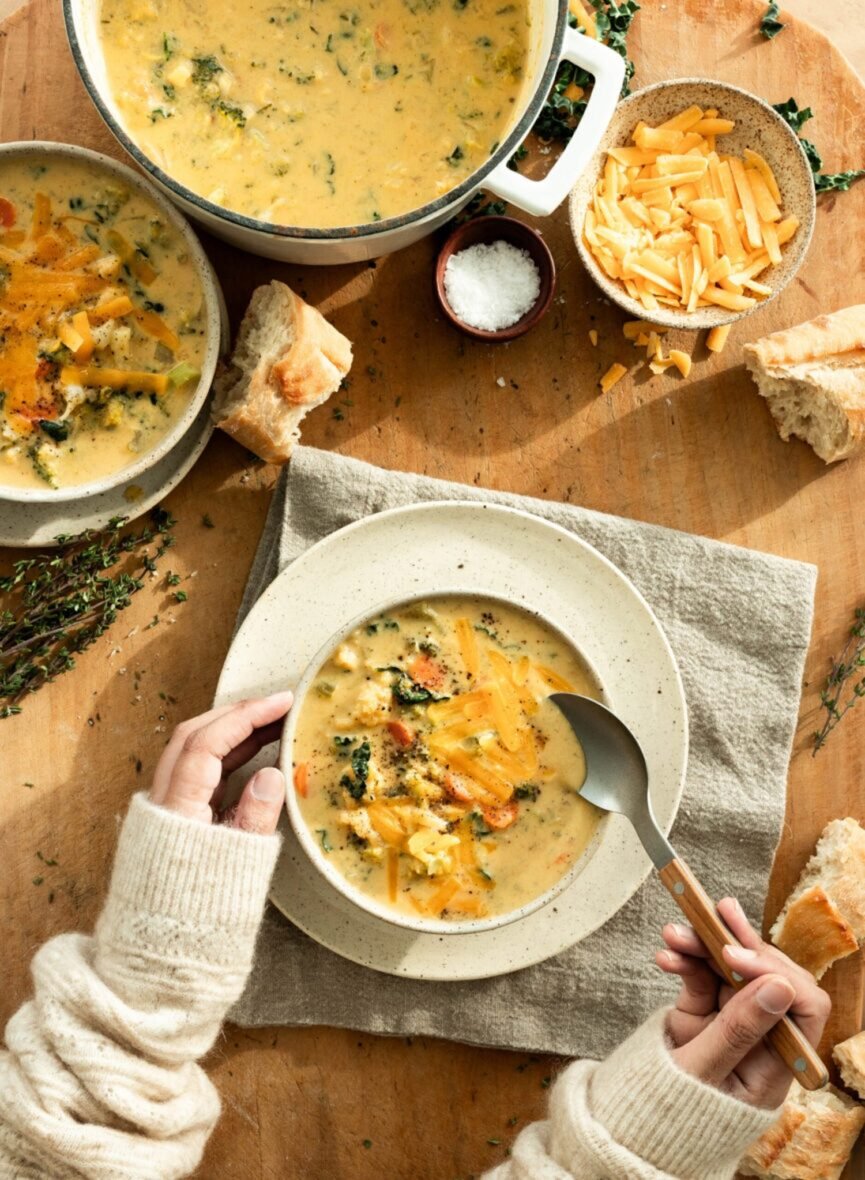
12 Delicious Ways to Use Protein Powders That Aren’t Smoothies
Ready to think outside your smoothie cup? Below are 12 creative ways to add protein powder to your favorite dishes. From energizing breakfasts to satisfying desserts, there’s a protein-packed recipe for every craving.
1. Pumpkin Protein Pancakes
We finally landed on the most delicious protein-packed pancakes that feel like a treat—without the blood sugar crash. Add a scoop of your favorite vanilla protein powder for an extra 10-20 grams of protein!
2. Grain-Free Overnight Oatmeal
Packed with nuts and seeds (hello, protein and healthy fats!), this grain-free oatmeal is so easy—and can be customized to your liking. Toss in a scoop of plant-based chocolate protein powder for a decadent yet nourishing breakfast.
3. Salted Caramel Cheesecake Brownies
Who said you can’t have a protein-rich dessert? Satisfy your sweet tooth with these salty and sweet brownies. To up the protein count, remove 1/4 cup all-purpose flour and replace it with 1/4 cup chocolate protein powder of choice.
4. One Bowl Morning Glory Muffins
In a rush in the morning? Crumble one of these morning glory muffins over a bowl of Greek yogurt with a drizzle of almond butter and you’re good to go. Toss three tablespoons of unflavored collagen peptides into the batter, then bake.
5. Greek Yogurt Bowl
One of our favorite ways to give our breakfast a protein boost? By adding a scoop of protein powder (vanilla, strawberry, chocolate, etc.) to plain Greek yogurt. This adds flavor, texture, and substantial satiation! Be sure to mix well—and if necessary, pour in a splash or two of milk. Top with nuts, seeds, and fruit.
6. Grain-Free Granola
Speaking of breakfast, did you know you can add protein powder to granola? A few tips: use a protein powder that complements the flavors of your granola, i.e., vanilla or chocolate. Whey, casein, pea, or hemp protein are all good options. Combine the protein powder with other dry ingredients, like oats, nuts, seeds, and spices. Keep in mind it can make the granola mixture slightly drier, so you may need to increase the amount of wet ingredients (like honey, maple syrup, coconut oil, or nut butter) by about 1-2 tablespoons.
7. Homemade Ice Cream
Take your favorite homemade ice cream flavor (we’re loving this golden milk latte right now), and mix all of your wet ingredients, along with your protein powder of choice. Follow the rest of the instructions as is!
8. Adaptogenic Hot Chocolate
Protein hot chocolate, anyone? All you need to do is add a scoop of chocolate collagen peptides to this superfood hot chocolate. Et voilà, you have a nutritious and satisfying afternoon pick-me-up.
9. Curry Butternut Squash Soup
Warm, cozy, and full of fall flavors, give this curry butternut squash soup a protein upgrade by adding a scoop or two of unflavored plant-based protein to the pot. Once blended, you won’t know it’s in there!
10. Sausage Burrata Pizza
Replace 1/4 cup flour in your pizza dough recipe with 1/4 cup pea protein powder. This adds protein without sacrificing the deliciousness of a homemade pizza crust!
11. Vanilla Chia Pudding
Another fool-proof way to add protein powder to your diet? Chia pudding. For the best consistency, blend your protein powder of choice with chia seeds, milk, and a bit of maple syrup. Refrigerate overnight for a thick, creamy, and protein-rich pudding.
12. Protein Coffee
Calling all coffee lovers. If you haven’t tried protein coffee, prepare to fall in love. Hot or iced, coffee is a perfect vehicle for protein powder! Add a scoop of unflavored collagen peptides, chocolate whey (for a mocha experience!), or vanilla plant-based protein power to your hot coffee. Use a hand-frother to mix. Otherwise, pour cold brew, ice, milk of choice, and vanilla or chocolate protein powder to a blender and blend for an icy, caffeinated boost.
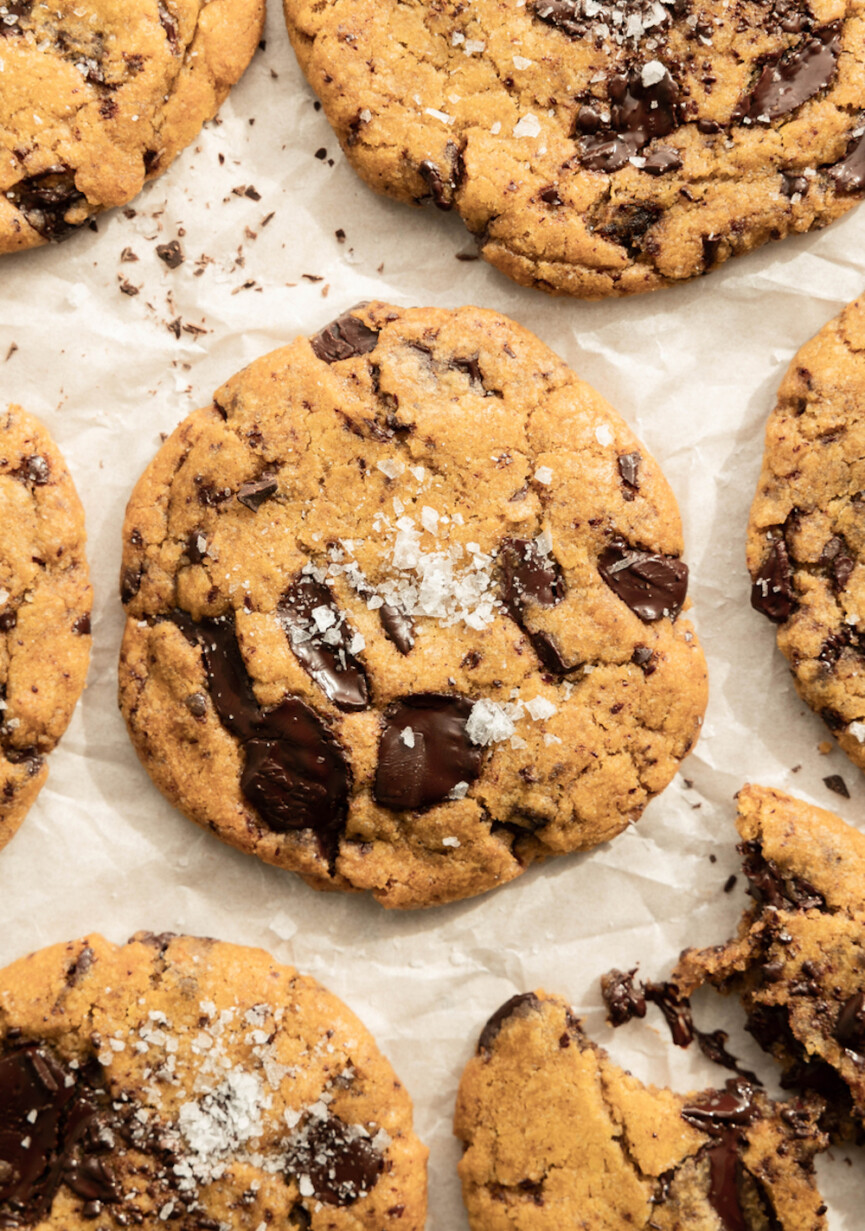
Tips for Cooking and Baking With Protein Powder
Unsure about adding protein powder to your cooking and baking? Don’t fret. Use these tips for incorporating this versatile ingredient into your favorite recipes:
- Start by substituting 1/4 of the flour in a recipe with protein powder.
- Increase liquid slightly to compensate for the protein powder’s absorbency (1-2 tablespoons at a time).
- Use a whisk or sifter to prevent clumping.
- For baked goods, reduce cooking time and temperature by 3-5 minutes to prevent drying out.
- Experiment with flavors: vanilla protein powder can enhance sweet recipes, while unflavored works well in savory dishes.
Don’t be afraid to experiment! Take your cooking and baking to the next level with your own protein-packed masterpieces.

